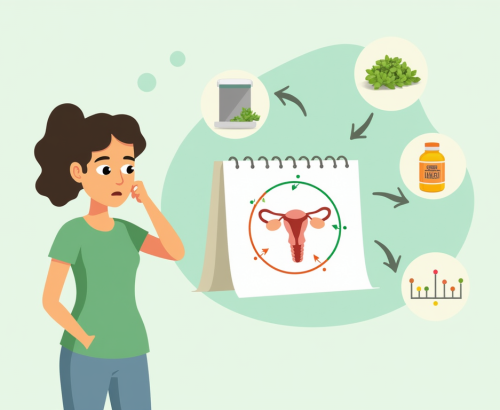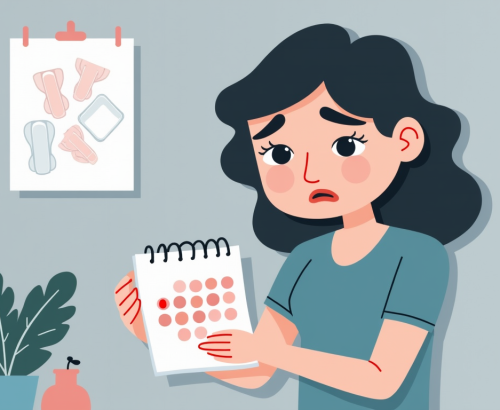
Tracking your menstrual cycle can provide valuable insights into your health, help manage symptoms, and assist with planning. Whether you’re trying to conceive, avoid pregnancy, or just understand your body better, tracking your cycle is an important step. Here’s a clear, easy-to-follow guide on how to track your menstrual cycle.
Why Track Your Menstrual Cycle?
Predict Your Period
Knowing your cycle helps you predict when your next period will start and how long it will last. This information is useful for planning your schedule and preparing for your period in advance.
Manage Symptoms
Understanding your cycle allows you to anticipate symptoms like cramps, mood swings, and fatigue. With this knowledge, you can take steps to manage these symptoms more effectively, such as adjusting your diet or using pain relief strategies.
Support Reproductive Health
Tracking your cycle helps you understand your fertile window if you’re trying to get pregnant. It also assists in avoiding pregnancy by identifying your most fertile days. Monitoring your cycle provides insights into your reproductive health and can help you make informed decisions.
Methods for Tracking Your Menstrual Cycle
Calendar Method
The calendar method is simple and straightforward. Use a calendar to mark the start and end dates of your period. Calculate the number of days between the start of one period and the start of the next to determine your cycle length. For example, if your period starts on the 1st and ends on the 7th, and your next period starts on the 30th, your cycle length is 29 days. This method helps you see your cycle pattern over time and predict future periods.
Menstrual Cycle Apps
Menstrual tracking apps are a convenient tool for monitoring your cycle. Apps like Clue, Flo, and Period Tracker allow you to log your period dates, symptoms, and mood. They automatically calculate your cycle length and predict your next period. Many apps also offer features to track symptoms, moods, and even basal body temperature if you’re trying to conceive.
Basal Body Temperature (BBT) Method
To use the basal body temperature method, take your temperature every morning before getting out of bed using a special basal thermometer. Record your temperature daily to identify patterns. Your temperature typically rises slightly around ovulation. This method is helpful for determining your fertile window and planning for conception or birth control.
Cervical Mucus Method
The cervical mucus method involves observing changes in your cervical mucus throughout your cycle. During your period, the mucus is often thick and opaque. As you approach ovulation, it becomes clear, stretchy, and slippery, similar to egg whites. Tracking these changes helps identify your most fertile days and can be combined with other tracking methods for accuracy.
Ovulation Predictor Kits (OPKs)
Ovulation predictor kits are available over-the-counter and test your urine for luteinizing hormone (LH), which surges before ovulation. A positive result indicates that you are about to ovulate, marking your most fertile period. This method is particularly useful for timing intercourse if you’re trying to conceive or avoiding pregnancy.
Tips for Effective Tracking
Be Consistent
For accurate tracking, it’s crucial to be consistent. Log your period details regularly and stick to the method you choose. Setting reminders can help you remember to record your information daily or at the required intervals.
Record All Relevant Information
In addition to tracking the start and end dates of your period, include details about symptoms like cramps, headaches, or mood changes. Document the intensity of your flow (light, medium, heavy) and any other relevant observations. This comprehensive approach helps in recognizing patterns and managing symptoms more effectively.
Review Your Data
Regularly review your recorded data to spot patterns and changes in your cycle. Understanding these patterns can help you anticipate symptoms and make adjustments to your lifestyle or seek medical advice if needed. For instance, if you notice significant deviations in your cycle length or symptoms, it may indicate a health issue that warrants attention.
Consult Healthcare Providers
If you observe any significant irregularities or have concerns about your menstrual health, consulting a healthcare provider is advisable. They can offer guidance, perform necessary tests, and provide treatment options if required.










